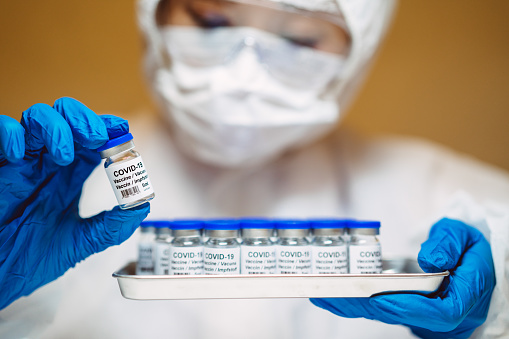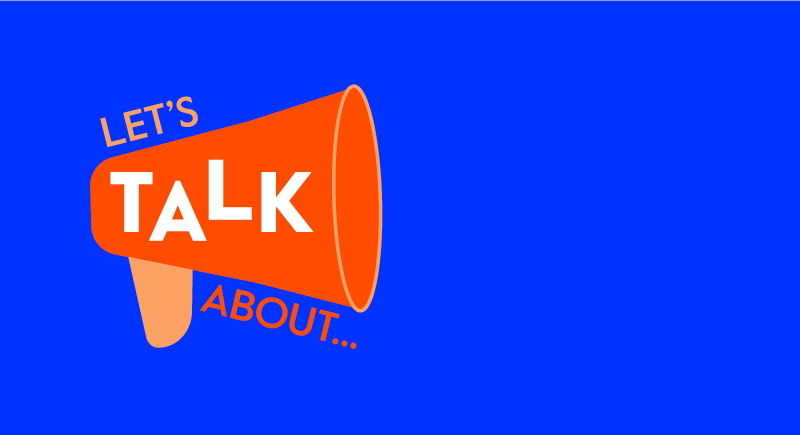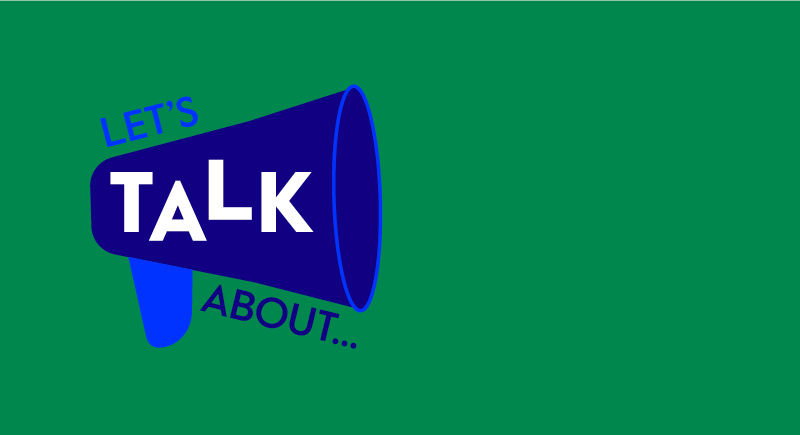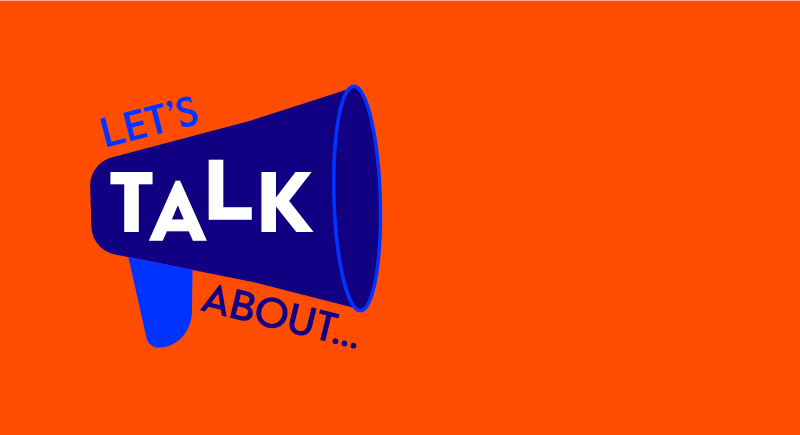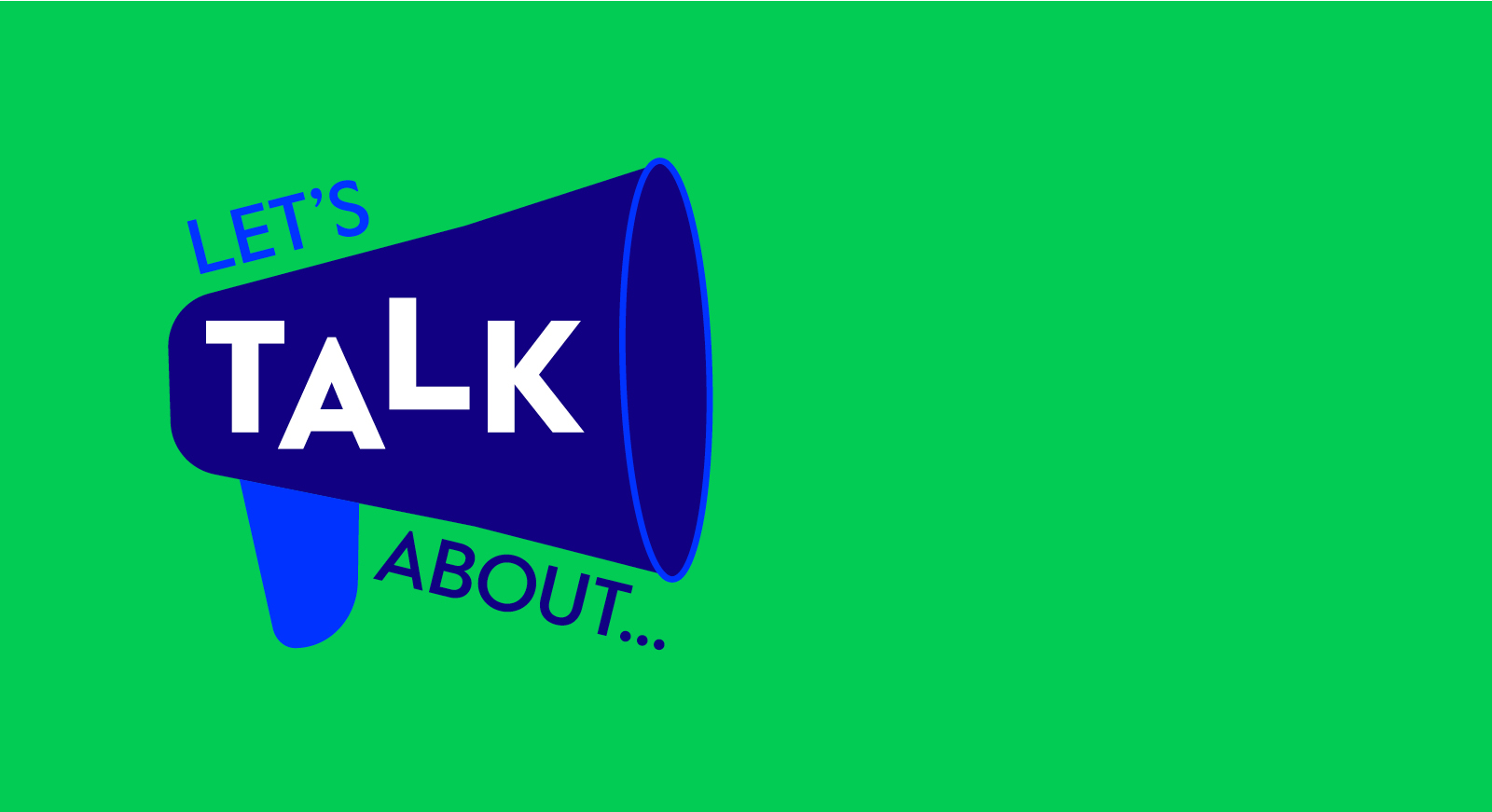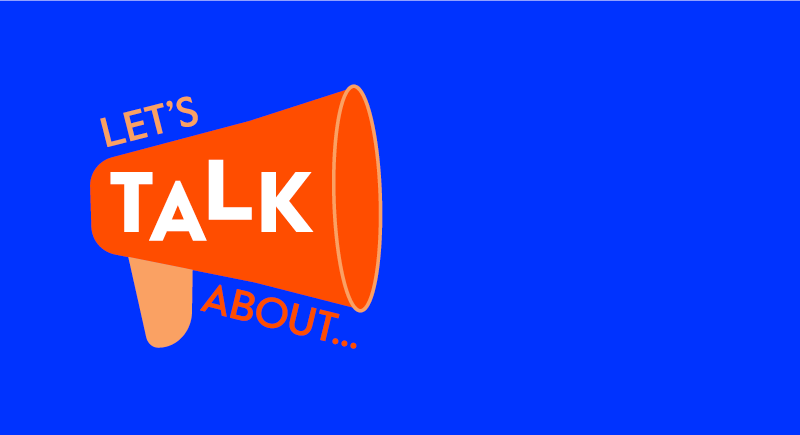What are the main features of a food label and what information is the most important?
- Ingredients
If you have a food allergy or intolerance, the ingredients list is one of the first place you should look. Some manufacturers use ‘allergy advice boxes’ or put common allergens in bold to highlight this information, but it’s best to read the ingredients list thoroughly if you do have an allergy.1,2
- Carbohydrates
Carbohydrates are generally split into total carbohydrates (starches plus sugars) and sugars.3
- Nutritional Information
The nutritional information on a food label gives typical values for energy, carbohydrates and fats. Values are given per 100 grams (g) and per portion.3 Remember to look at the portion amount, as this will be closer to the amount you eat.
- Fats
Food labels usually show the total amount of fat and breaks down into saturates (unhealthy fats) and unsaturated (healthy fats).3
Things to note: 1,3
Energy is measured in kilojoules (kJ) and kilocalories (kcal), referred to as calories.
- Nutrition information is generally calculated per 100g and includes fat, saturated fat, carbohydrates, sugars, protein and salt.
- If the product contains significant quantities of certain ingredients, it is usually listed, as well as vitamins (e.g. A, B, D and K) and minerals (e.g. selenium, molybdenum, chromium, etc.)
Nutritional guidelines
The nutritional guidelines below give you an indication as to whether food is high in fat, saturated fat, salt, sugar or not.3
Some food manufacturers use the traffic light labelling system on the nutritional information, which tells you at a glance if the food has high, medium, or low amounts of fat, saturated fat, salt, sugar and energy.3
- Red = high
- Yellow = medium
- Green = low
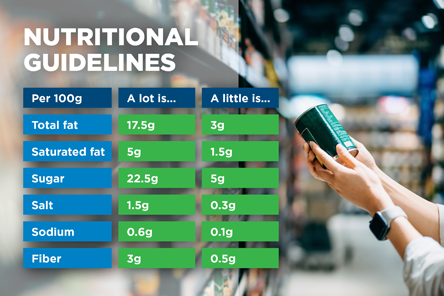
What to look out for as a daily average
On average, a person who consumes 2,000 calories a day should: 4
- Have no more than 78g of fat (including a maximum of 20g saturated fat).
- Limit their sugar intake to 50g a day.
- Aim to eat at least 50g of protein.
- Consume about 28g of fiber.
Tip: Try to eat as many foods that are labelled green or amber as possible.
Additional food label terms to consider: 5
- Use by:
- For food that goes bad quickly, like fish, meat products and fresh salads, be sure to look out for additional instructions like: “refrigerate” or “eat within three days of opening”.
- For food that goes bad quickly, like fish, meat products and fresh salads, be sure to look out for additional instructions like: “refrigerate” or “eat within three days of opening”.
- Best before:
- Appears on frozen, tinned, or dried foods. Once the date has passed, it does not necessarily mean that the food will be harmful, but rather that it may lose its flavor or texture.
- Appears on frozen, tinned, or dried foods. Once the date has passed, it does not necessarily mean that the food will be harmful, but rather that it may lose its flavor or texture.
- Sell by:
- Some food packages contain a sell-by date. This date is generally directed at store employees for stock control purposes.
1. Food labelling and packaging. https:/www.gov.uk/food-labelling-and-packaging/ingredients-list. Accessed March 22, 2022.
2. Food Allergy and Intolerance Training. Food Standards Agency. https:/allergytraining.food.gov.uk. Accessed March 22, 2022.
3. Food labels. NHS. https:/www.nhs.uk/live-well/eat-well/how-to-read-food-labels/. Accessed March 22, 2022.
4. Daily Value on the New Nutrition and Supplement Facts Labels. https://www.fda.gov/food/new-nutrition-facts-label/daily-value-new-nutrition-and-supplement-facts-labels. Accessed March 22, 2022.
5. Food labelling terms. NHS. https:/www.nhs.uk/live-well/eat-well/food-labelling-terms/. Accessed March 22, 2022.
This article serves only as a reference and is intended for informational purposes only. Nothing in this article constitutes legal, tax, financial planning, health or medical advice including diagnosis or treatment. Always seek the advice of your physician or other qualified health provider with any questions you may have regarding a medical condition. References to third-party organizations or companies, and/or their products, processes or services, do not constitute an endorsement or warranty thereof. Products and services may not be available in all jurisdictions and are expressly excluded where prohibited by applicable law. All group insurance policies and health benefit plans contain exclusions and limitations. For costs and details of coverage, contact a Cigna representative.
All Cigna products and services are provided exclusively by or through operating subsidiaries of Cigna Corporation, including Cigna Health and Life Insurance Company, Life Insurance Company of North America, Cigna Global Insurance Company Limited, Evernorth Care Solutions, Inc. and Evernorth Behavioral Health, Inc., or through their affiliates and contracted companies.
In the U.S., Cigna Global Health Benefits® group medical and dental plans are insured or administered by Cigna Health and Life Insurance Company. In the U.S. and Canada, group life, accident and disability plans are insured or administered by Life Insurance Company of North America. In Canada, group medical, dental, vision, and evacuation plans are insured or administered by Cigna Life Insurance Company of Canada. Employee Assistance Programs are administered by or through Evernorth Care Solutions, Inc., Evernorth Behavioral Health Inc., Inc. or affiliates and contracted companies. In other jurisdictions, products and services are offered by or through Cigna Global Insurance Company Ltd. or affiliates and contracted companies. Products and services may not be available in all jurisdictions and are expressly excluded where prohibited by applicable law. The information on this site is only a general description of benefits. All insurance policies and group benefit plans contain exclusions and limitations. Please consult your licensed agent or contact Cigna for product availability, costs, and complete details of coverage.























































































